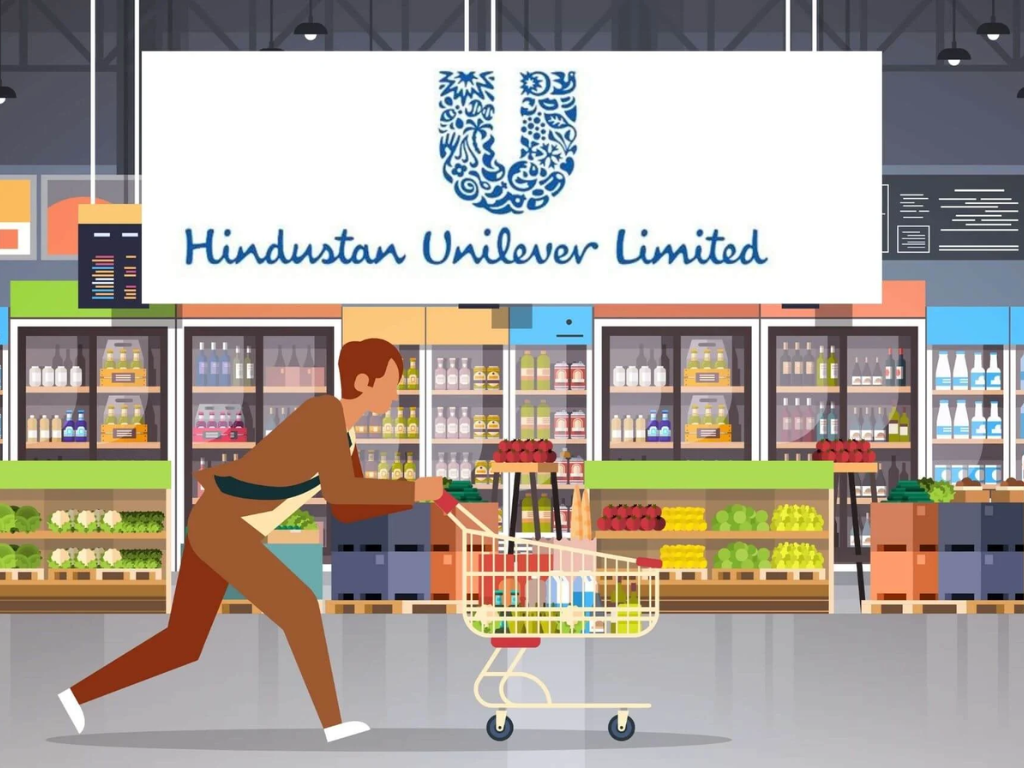

In a recent article from The Morning Context, Ankur Bisen, Senior Partner & Head – Consumer, Food & Retail at Technopak, provides a critical assessment of Hindustan Unilever Limited’s (HUL) performance in the evolving FMCG sector. Bisen brings his deep industry expertise to the discussion, highlighting the shifting competitive dynamics that are reshaping the industry and the need for fund managers to adjust their investment strategies.
For decades, HUL’s dominance in the FMCG sector was built on two primary factors: an expansive distribution network and strong brand equity. These factors provided the company with a significant competitive advantage, often seen as insurmountable barriers for new entrants.
“Distribution and brand perception were HUL’s biggest strengths, and these have ceased to be entry barriers in FMCG now.”
— Ankur Bisen, Senior Partner & Head – Consumer, Food & Retail at Technopak
Despite its historical dominance, HUL has faced challenges in recent years that reflect the broader transformation of the FMCG sector.
From 2020 to 2025, the company’s revenue growth has slowed, with FY2025 posting only a 4.2% increase—far below the 8-10% growth rates it achieved earlier in the decade.
Here are the key factors driving this underperformance:
1. Slower Revenue Growth and Market Share Erosion
In FY2025, HUL’s revenue growth dropped to just 4.2%, a stark contrast to the 9-10% annual growth it consistently achieved until 2020.
Meanwhile, competitors such as Dabur (8.3% CAGR), Marico (10.5% CAGR), Britannia (10% CAGR), Nestlé (9% CAGR), and Tata Consumer (7.5% CAGR) reported higher growth rates during the same period.
This divergence highlights the rising challenge from newer players and established competitors that are gaining traction by focusing on specific consumer needs, health-conscious products, and digital-first strategies.
2. The Rise of Digital-First Brands
The shift to digital-first, direct-to-consumer (D2C) brands has posed a significant challenge for HUL.
These brands, such as Mamaearth and Wow Skin Science, grew at a CAGR of over 25% between 2020 and 2025 by targeting younger, more health-conscious consumers.
In comparison, HUL’s digital revenue still remains relatively low at 9% of total sales in FY2025, underscoring the brand’s struggle to capitalize on the booming online market.
3. Increased Competition from Local and Value Brands
The rise of local and value-oriented brands has intensified competition in traditional categories such as personal care and food products.
Brands like Saffola (Marico) and Patanjali have expanded their market share by offering affordable, health-oriented alternatives.
Patanjali’s market share, for instance, grew by 14% year-on-year in the health and wellness sector from 2020 to 2025, posing a direct challenge to HUL’s offerings in similar categories.
4. Competition from Other FMCG Giants
Tata Consumer has been making notable strides, particularly in the beverages and food segments. Its Tata Tea and Tata Salt have eroded market share from HUL’s Brooke Bond tea and Kissan ketchup. Tata’s focus on sustainability and health-conscious products has helped it capture a growing segment of the market.
Emami, with its stronghold in the personal care sector, competes with HUL’s Pond’s and Fair & Lovely brands. Its Boroplus and Emami Fair and Handsome have carved a niche by offering alternatives to HUL’s established products.
Nestlé, with its strong brand equity in the food and beverage categories, directly competes with HUL in segments like instant noodles and dairy. Nestlé’s Maggi continues to lead the instant noodles segment, while HUL’s Knorr struggles to match the same popularity.
Britannia has also taken significant market share in the biscuits and dairy categories. Britannia Good Day and Tiger biscuits continue to outperform HUL’s branded biscuits and its Kwality Wall’s ice cream, especially with younger consumers turning to more affordable options.
ITC, known for its strong presence in the packaged foods and personal care categories, is another significant competitor. Its Aashirvaad brand competes directly with HUL’s Kissan and Knorr, while Vivel and Fiama challenge HUL’s Dove and Lux.
Godrej Consumer Products, a leader in hair care, home care, and personal care, competes directly with HUL’s portfolio, including brands like Ariel, Cif, and TRESemmé. Godrej’s Cinthol and Ezee have garnered a loyal customer base by offering competitive pricing and a localized approach.
5. Declining Innovation and Slower Response to Trends
Innovation cycles in the FMCG space have shortened, and the brands that succeed are those that can quickly adapt to new consumer trends.
For example, Dabur’s rapid entry into the immunity-boosting segment through products like Dabur Chyawanprash variants and Marico’s Saffola Oats capitalized on the health trends post-pandemic.
HUL, meanwhile, has been slow to diversify in some key growth areas, impacting its ability to capture new consumer segments.
6. Why Fund Managers Must Reconsider Their Focus on HUL
HUL’s performance over the past five years (2020–2025) has highlighted the increasing difficulty of maintaining dominance in a fast-changing market.
Despite its size, distribution power, and brand equity, the company is facing significant competition from emerging players and established giants that are better positioned to respond to evolving consumer needs.
From FY2020 to FY2025, HUL’s stock price grew at a compounded annual growth rate (CAGR) of just 4.2%, significantly lower than its competitors.
Marico’s stock, for example, has grown at 9% CAGR during the same period, while Dabur posted an 8.3% CAGR.
Other players like Britannia (10% CAGR), Nestlé (9% CAGR), and Tata Consumer (7.5% CAGR) have also shown stronger performance compared to HUL’s relatively stagnant growth.
This stagnation in stock performance underscores the need for fund managers to broaden their investment strategies and reconsider the long-standing assumption that HUL will continue to outperform its competitors.
The competitive landscape is becoming more diverse, with many companies outpacing HUL in critical categories.
As the FMCG sector becomes more competitive, it is crucial for investors to look beyond traditional market leaders.
Companies that are agile, digital-first, and capable of responding quickly to new consumer needs will be better positioned to drive growth in the future.
The market has evolved, and fund managers must adapt. As Bisen concludes:
“Companies must continually adapt, innovate, and reassess their strategies—from supply chain and distribution models to brand building and consumer engagement—to thrive.”
— Ankur Bisen, Senior Partner & Head – Consumer, Food & Retail at Technopak
Ankur Bisen’s contribution to this discussion exemplifies Technopak’s role as a trusted advisor to businesses navigating complex retail transitions.